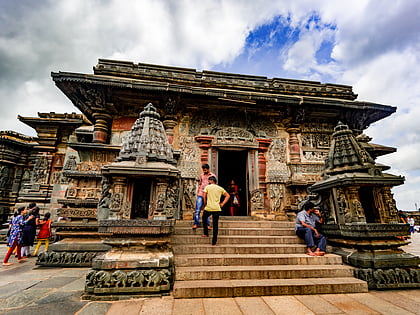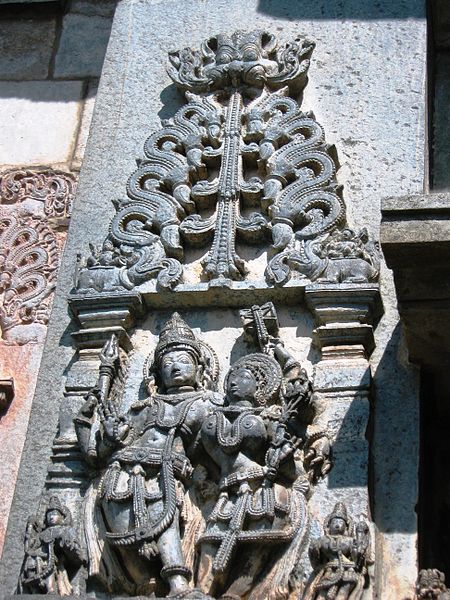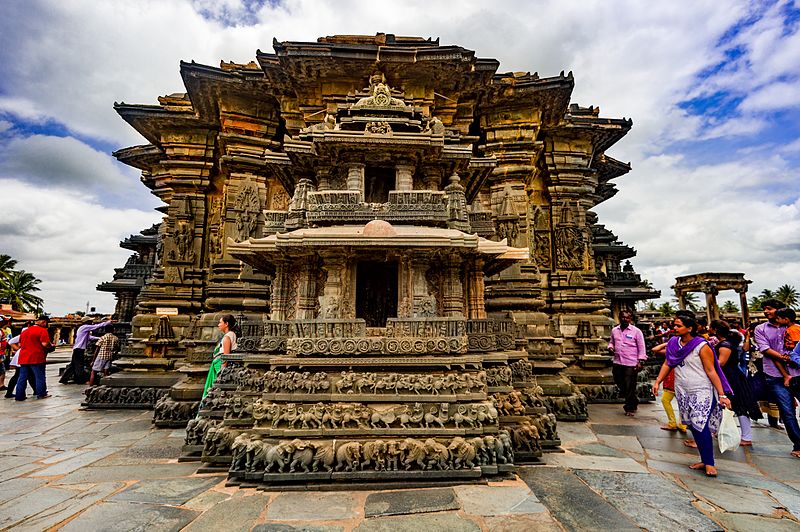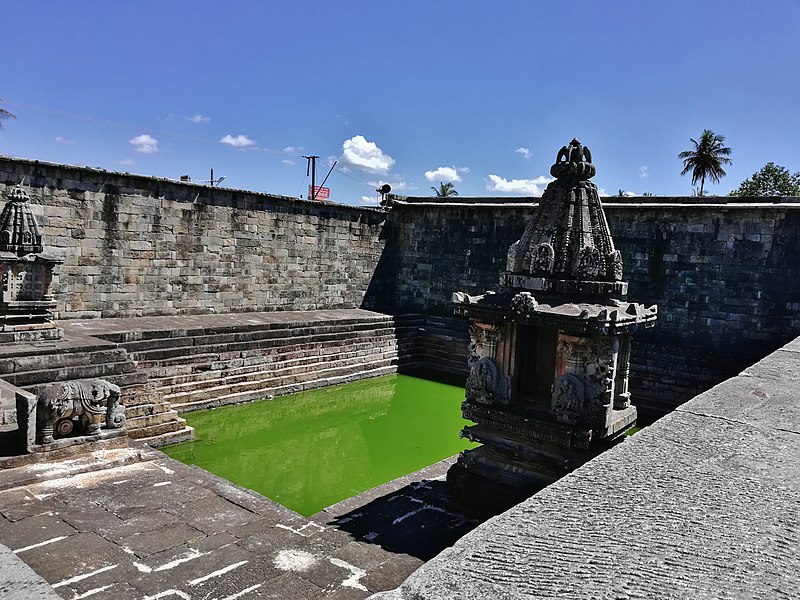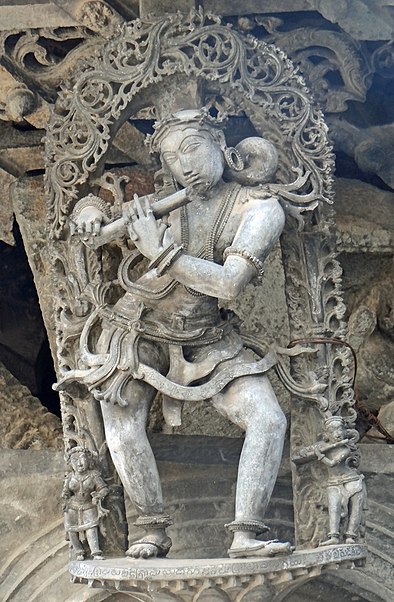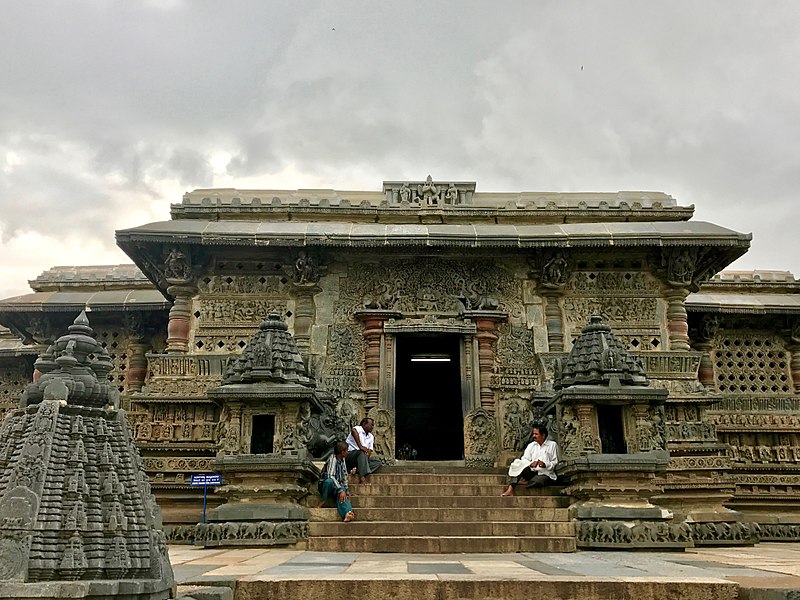Chennakesava Temple, Belur
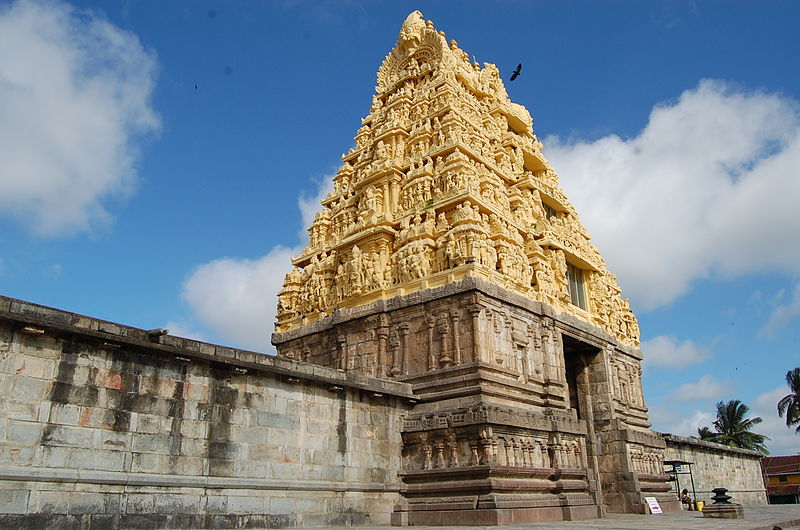
Facts and practical information
The Chennakesava Temple, a testament to the Hoysala Empire's architectural prowess, stands majestically in the town of Belur in the southern Indian state of Karnataka. Constructed in the 12th century under the reign of King Vishnuvardhana, this temple is dedicated to Lord Chennakesava, an incarnation of the Hindu god Vishnu.
Renowned for its intricate sculptures and elaborate carvings, the Chennakesava Temple is an exemplary illustration of Hoysala architecture. Its facade is adorned with an endless array of detailed figures, including deities, mythical creatures, and scenes from Hindu epics. The temple's grandeur is not confined to its exterior; the interior is equally impressive, with smooth pillars that seem to defy the stone medium, each uniquely decorated with elaborate designs.
The temple complex includes the main shrine, surrounded by subsidiary shrines and structures. The main shrine houses the exquisitely carved idol of Chennakesava, standing tall at nearly six feet. The temple's entrance is guarded by two massive, monolithic sculptures of gatekeepers, adding to the site's majesty.
One of the most striking features of the Chennakesava Temple is the use of soapstone, which has allowed the complex carvings to withstand the test of time. Visitors are often spellbound by the lathe-turned filigreed pillars that showcase the artisans' unmatched skill.
This UNESCO World Heritage Site is not just a religious monument but also a cultural treasure that attracts thousands of history buffs, art lovers, and spiritual seekers. The best time to visit is during the early morning or late afternoon when the soft sunlight accentuates the temple's intricate details. Tourists should plan to spend a few hours here to fully appreciate the craftsmanship and serene atmosphere of this historical gem.
The Chennakesava Temple remains an active place of worship, and visitors are advised to respect local customs and dress modestly. Photography is allowed, but it's important to check for any restrictions, especially inside the main shrine.
